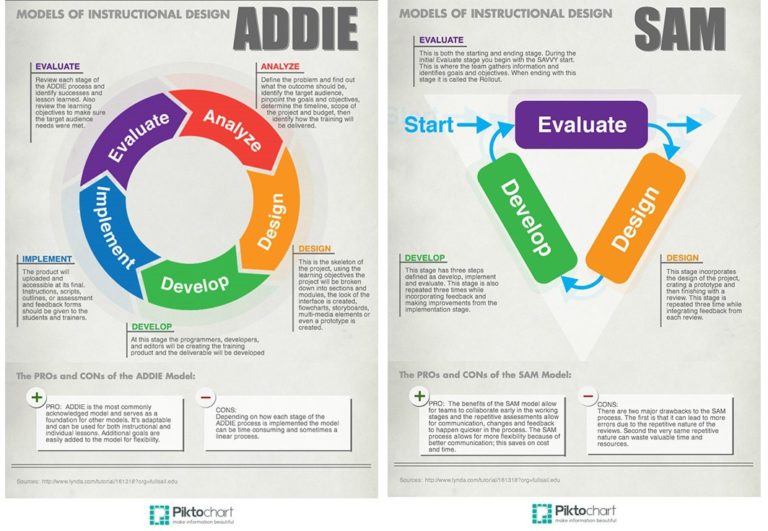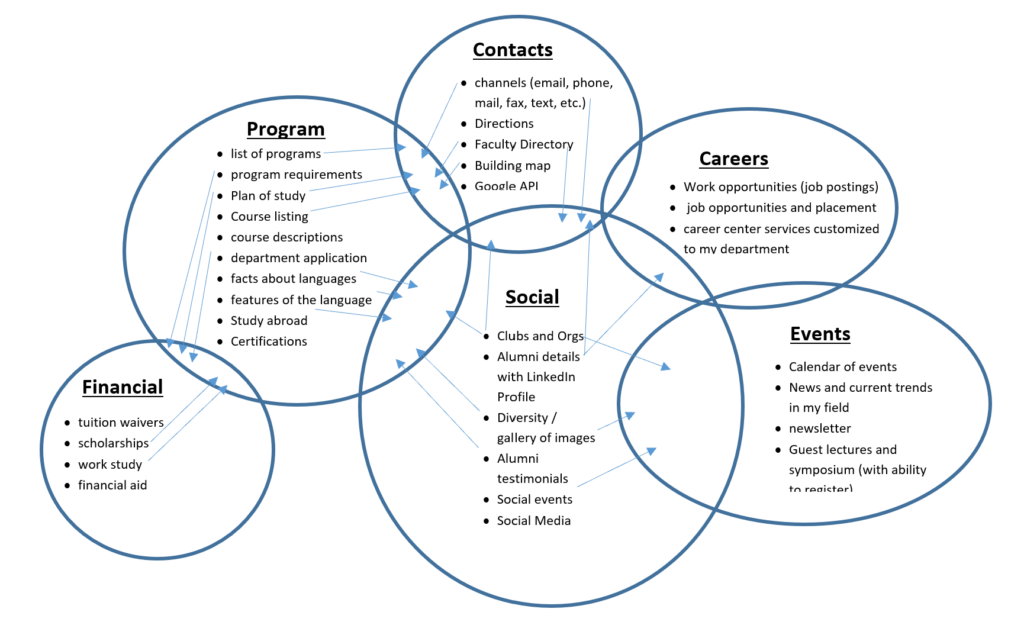This method can be used for a lot of different purposes. The main idea is that you have multiple people generating cards and then you group the cards into categories or themes.
A couple of the tools I have used online are Optimal Workshop and Fun Retro
Optimal Workshop offers open card sorting, closed card sorting, and will help create dendrograms.

FunRetro now called EasyRetro is great for creating themes such as during an Agile sprint retrospective or as part of a hierarchical task analysis.


























